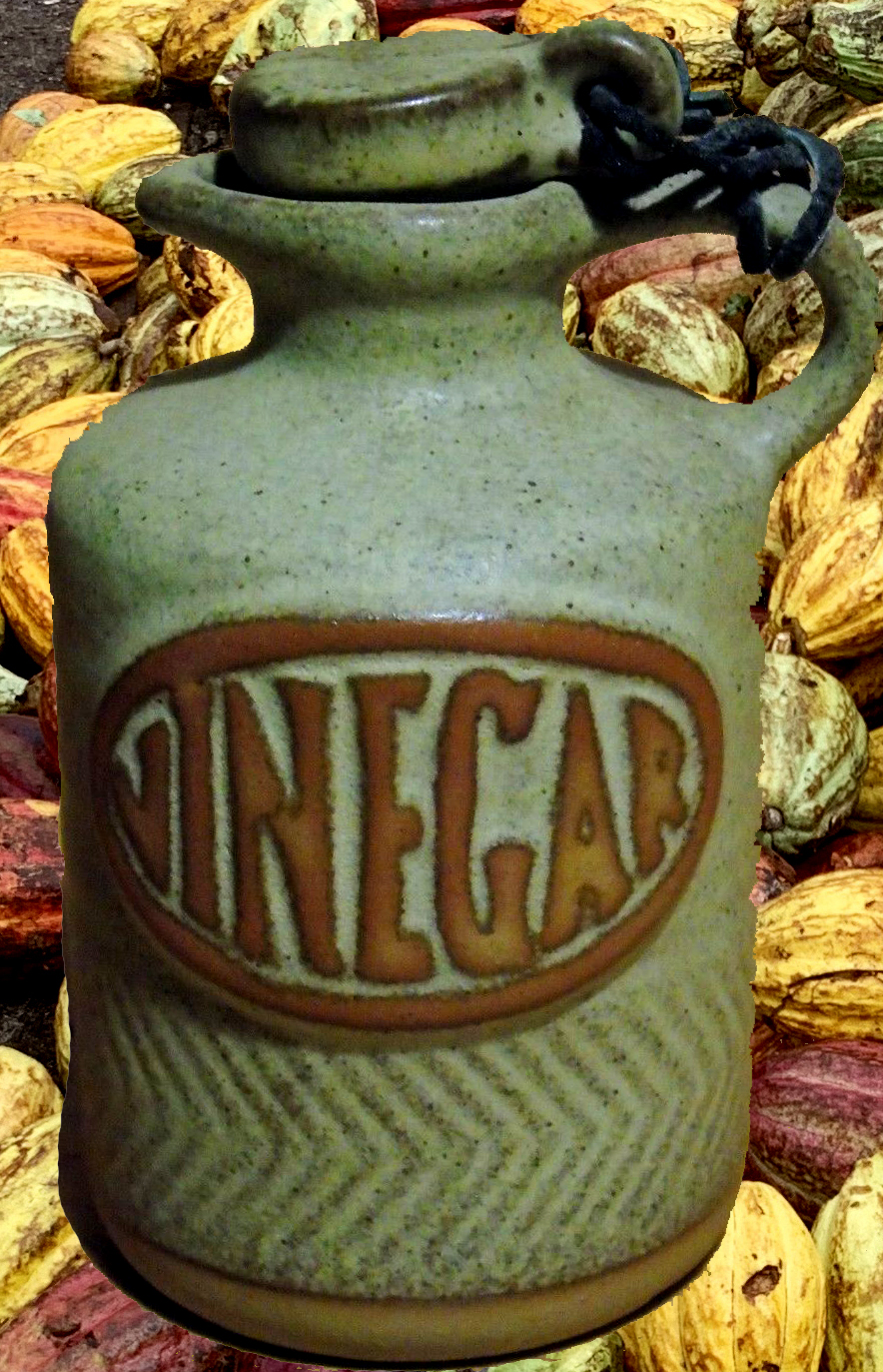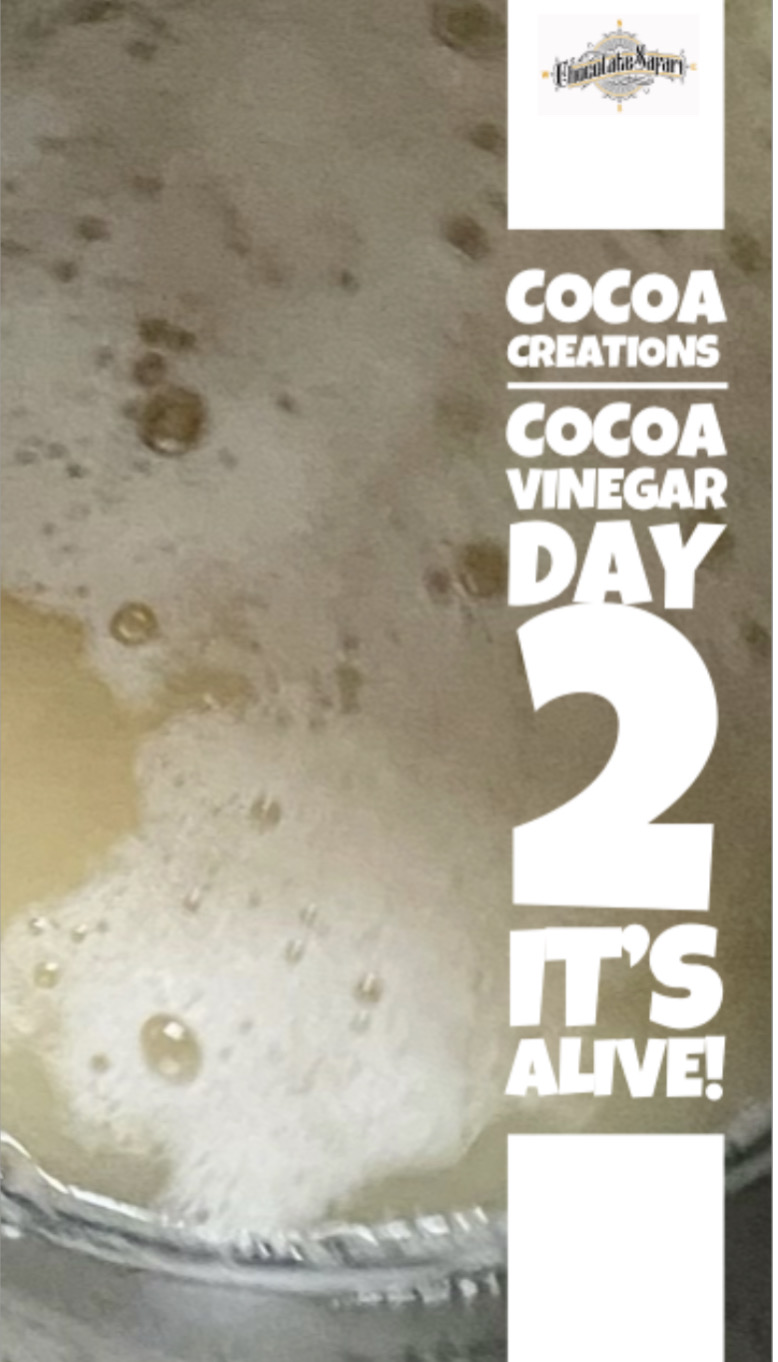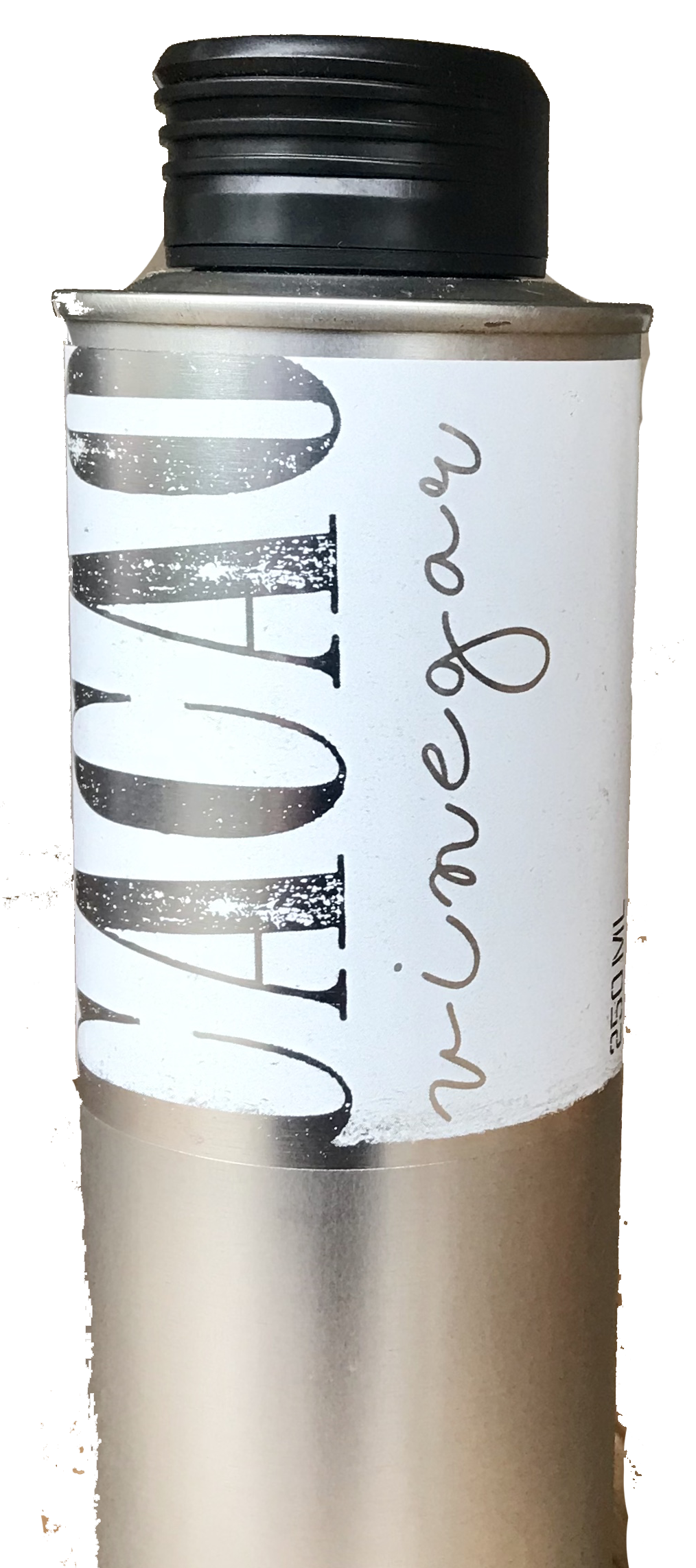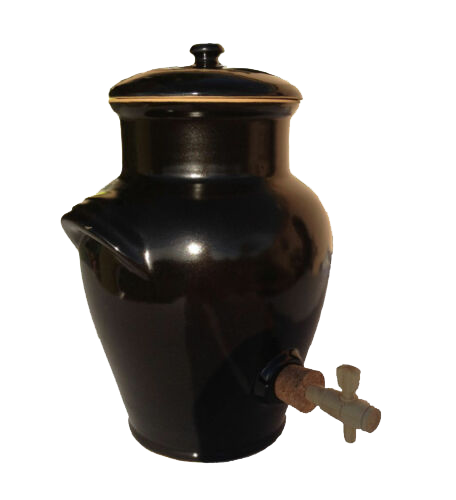
Vinegar, a liquid with a long and storied history, has been used medicinally for thousands of years across various cultures.Today, modern research is unlocking its potential health benefits, particularly in its acetic acid component. Additionally, vinegar has found its way into kitchens worldwide, enhancing the flavours of dishes and serving as a versatile ingredient. In this blog post, we explore the potential health benefits of vinegar, delve into the fascinating process of vinegar making, and discover the art of aging vinegar to perfection.
The Potential Health Benefits of Vinegar
While we are not medical experts, (we are chocolate experts)numerous studies have highlighted some potential health benefits associated with vinegar consumption. These include:
Blood Sugar Control: Research suggests that vinegar may help reduce blood sugar and insulin levels after a meal, potentially aiding in managing diabetes and insulin sensitivity.
Weight Management: Some studies indicate that vinegar can increase feelings of fullness, leading to reduced calorie intake and aiding in weight loss efforts.
Reduced Cholesterol: Animal studies have shown promising results in reducing cholesterol levels in mice given vinegar, although more research is needed to confirm this effect in humans.
Antimicrobial Properties: Vinegar's antimicrobial properties make it useful in treating physical ailments such as nail fungus, warts, ear infections, and skin infections.
The Vinegar-Making Process
Vinegar is a unique product resulting from a two-stage fermentation process. The first step is alcohol fermentation, where naturally occurring sugars in a product, along with wild yeast, produce alcohol. This alcohol serves as the precursor to vinegar.
The second step, called acidic fermentation, occurs when the alcohol is exposed to oxygen, and certain bacteria, like acetobacter, convert the alcohol into acetic acid. This process is what ultimately transforms the alcohol into vinegar.
Creating Your Own Fruit Vinegar
Making your own vinegar can be a rewarding and straightforward process. For this example, we will focus on fruit vinegar, as fruit offers naturally occurring sugars, simplifying the fermentation process.
Ingredients:
Fresh and ripe fruit of your choice
Sterilized glass jars
Water
Coffee filter or cheese cloth

Instructions:
Wash and prepare the fruit by cutting it into pieces or muddling it slightly to expose the sugars.
Fill each jar about a quarter of the way with the prepared fruit.
Add a handful of raisins (optional) to each jar.
Top off the jar with water, leaving some space for fermentation.
Cover the jar with a coffee filter or cheese cloth, allowing oxygen to enter.
Stir the mixture daily during the fermentation process.
Aging Vinegar: Unleashing Complexity
Once your vinegar has fermented for about 30 to 60 days and has developed the desired taste, you can consider aging it to enhance its complexity and flavour profile.
Tips for Aging Vinegar:
Use sealed, airtight containers or wooden barrels filled to the top to minimize air exposure during the aging process.
Allow the vinegar to age for an extended period, similar to the aging process of fine wines and Chinese vinegars.
Consider adding subtle flavour enhancers, such as herbs or spices, in moderation to create unique and refined vinegar varieties.
Conclusion
Vinegar's history as a medicinal elixir spans millennia, and modern research continues to explore its health benefits, particularly its acetic acid component. The art of vinegar making allows us to create our own unique blends, turning fresh fruits into flavorful vinegar varieties. With patience and care, the aging process transforms vinegar into a complex and delightful ingredient, elevating the taste of dishes and delighting the senses. So, whether you're savoring its potential health benefits or experimenting with culinary creations, vinegar remains a fascinating and versatile liquid that stands the test of time.

Disclaimer: Before making any significant dietary changes or using vinegar medicinally, it is essential to consult a qualified healthcare professional.
If you want to try to make some at home there are lots of books around or you can check out how I made some using cocoa pulp. click here
